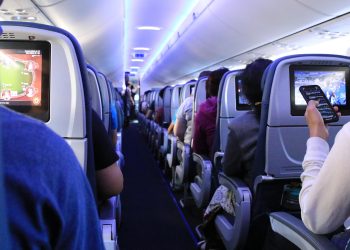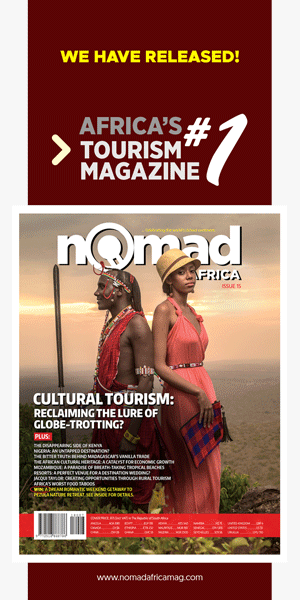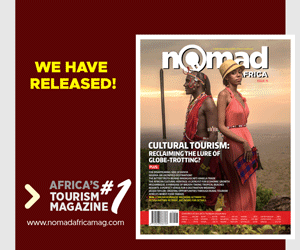In the early weeks of 2023, team Nomad Africa decided to set off for the adventure of a lifetime exploring a small, little-known quintessential part of Africa called Malawi. We set off with hearts in our eyes expecting only to experience Malawi’s famous delectable cultural cuisines, wild tans from the sun and tons of dazzling selfies.
As part of our plans to return to print with a bang, this year we had targeted our first magazine issue theme to centre around Malawi and experience why this tiny, elongated, densely populated Southern African nation, tucked in between Zambia, Tanzania, and Mozambique was named the ‘warm heart of Africa’.
Nothing could have prepared us for what was to come including the good, the crazy, and the sad, as disaster unfolded right before our very eyes.
This is the first of a 3-part series of special articles, based on this Sub-tropical unsung cultural hotpot, Malawi.
Africa’s True Warm Heart?
At first, all seemed to be going exactly as we anticipated. We landed at Chileka International Airport in Blantyre, Malawi at high noon on a smiley-face emoji type of day that had clear blue, blazing sunny skies without a cloud in sight.
As soon as we arrived, we realised that Malawi probably earned its fond nickname not only from the country’s warm temperatures, or having the most warm-hearted, ever-smiling inhabitants, but mostly due to its untarnished cultural charm.
Malawi is a perfect example of a country whose greatest tourism allure is Cultural tourism, which is a tourism activity where the visitor’s essential motivation is to learn, discover, experience, or consume the cultural environment in a particular area.
Cultural charm is what we expected and we experienced it in spades from day one!
Everywhere we looked we saw scores of native Malawians (‘aMalawi’ as they call themselves) wearing an assorted array of their African material garb, known locally as ‘chitenje’. Instead of the usual hello greeting, when ‘aMalawi’ meet you for the first time they say ‘Takulandirani’ which literally means ‘we welcome you’, with an ever-ready, warm smile.
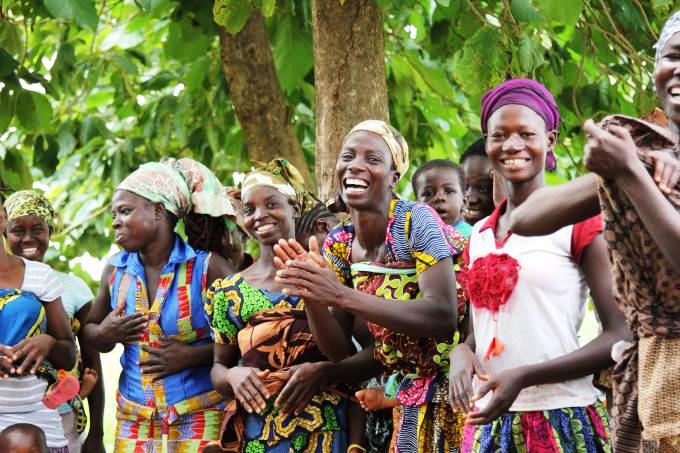
Many globetrotters also refer to Malawi as “Africa for Beginners,” as it is the perfect place to begin to discover the unblemished part of the continent. So, as long as you remember first to get your malaria shots, a trip to Malawi is considered one of the safest, cheapest, most hassle-free travel destinations in Africa.
The largest ethnic populations are the Chewa, (with Chichewa and English being the official languages), followed by the Tumbuka, and Yawo; then also smaller tribes such as the Hyanja [Nyanja], Lomwe, Sena, Tonga, Ngoni, and Ngonde.
We were learning a lot but, naturally, our first mission as African Nomads was to immediately get our tourist game on and inquire about the local natural surrounding areas worth exploring in Malawi.
Malawi is home to two of Africa’s most majestic natural wonders the first and most well-known of which is Mount Mulanje, the third-highest mountain in Africa. Mulanje has many individual peaks reaching heights of over 2500m, including Sapitwa, Central Africa’s highest point (3,001m) and Chambe Peak, the west face of which is the longest rock climb in Africa. Each of these peaks is accessible to hikers.
The second, and surprisingly least talked about natural gem we discovered, is Lake Malawi, the second largest freshwater body in Africa, the fifth largest freshwater lake in the world by volume, and the ninth largest lake in the world by area.
With its exceptional natural beauty, backed by rugged landscapes that contrast with the remarkably clear waters, the lake is home to more species of fish than any other lake in the world with nearly all of them being indigenous only to Malawi.
We also could not wait to discover Malawi’s ancient rock drawings and take our own journey to the past from the eyes of Africa’s oldest inhabitants.
Lake Malawi: The Beginning of Our Big Adventure
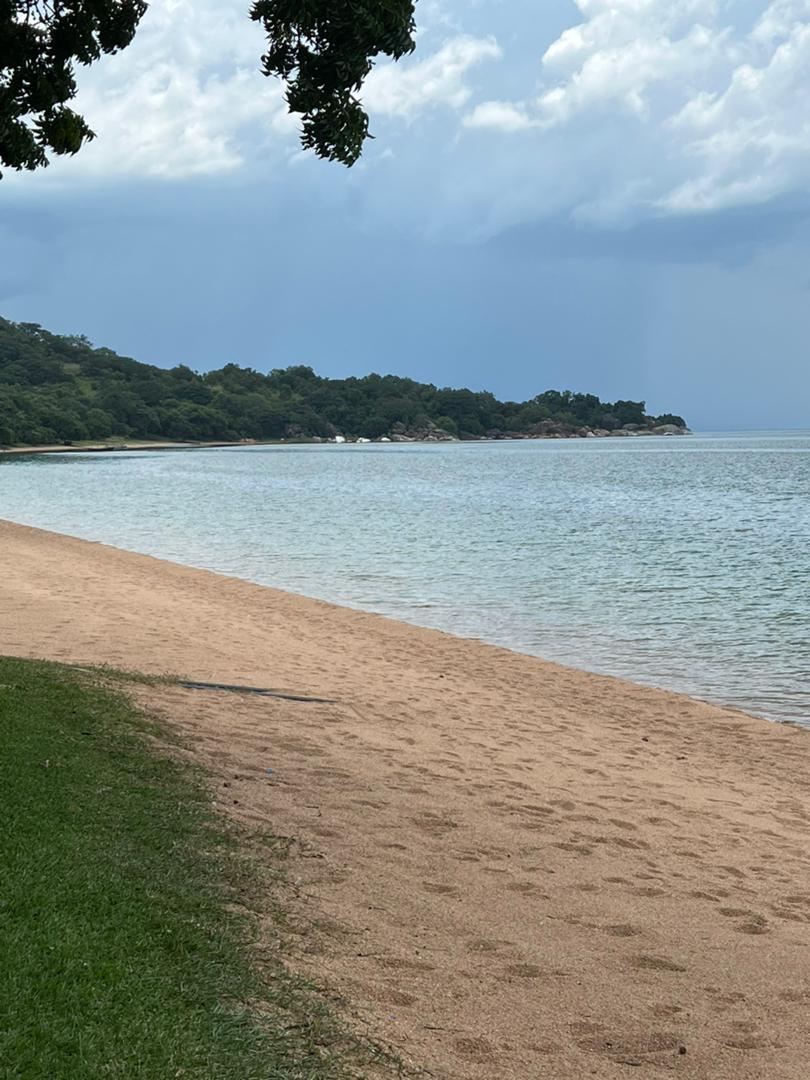
Armed with all our first-hand environmental knowledge, Nomad Africa was now ready to start exploring Malawi and we chose to head first to Lake Malawi and meet this majestic wonderland headfirst.
The bumpy drive was fun, thrilling and refreshingly different as we passed village after village chock-a-block with those ever-smiling locals waving to passing cars, and yes, blocking the road at some points.
In the Southern part of the country where we arrived, it is a three-hour (220 km) drive from Blantyre to the nearest parts of the Lake such as Mangochi or Cape McClear, which is where we set up camp at a group of cosy white and green cottages known Ntshalo cottages.

For many centuries Lake ‘Nyasa’, as it is sometimes known, has provided a major food source to the residents of its shores. This part of the lake is home to many hundreds of cichlid fish, nearly all of which are endemic to Lake Malawi, with locals calling them “mbuna”. Among the most popular are the four species of a local bream type of fish called ‘chambo’. Other species that support important fisheries include the Lake Malawi sardine ‘Usipa’ (Engraulicypris sardella) and the large catfish ‘kampango’ (Bagrus meridionalis).
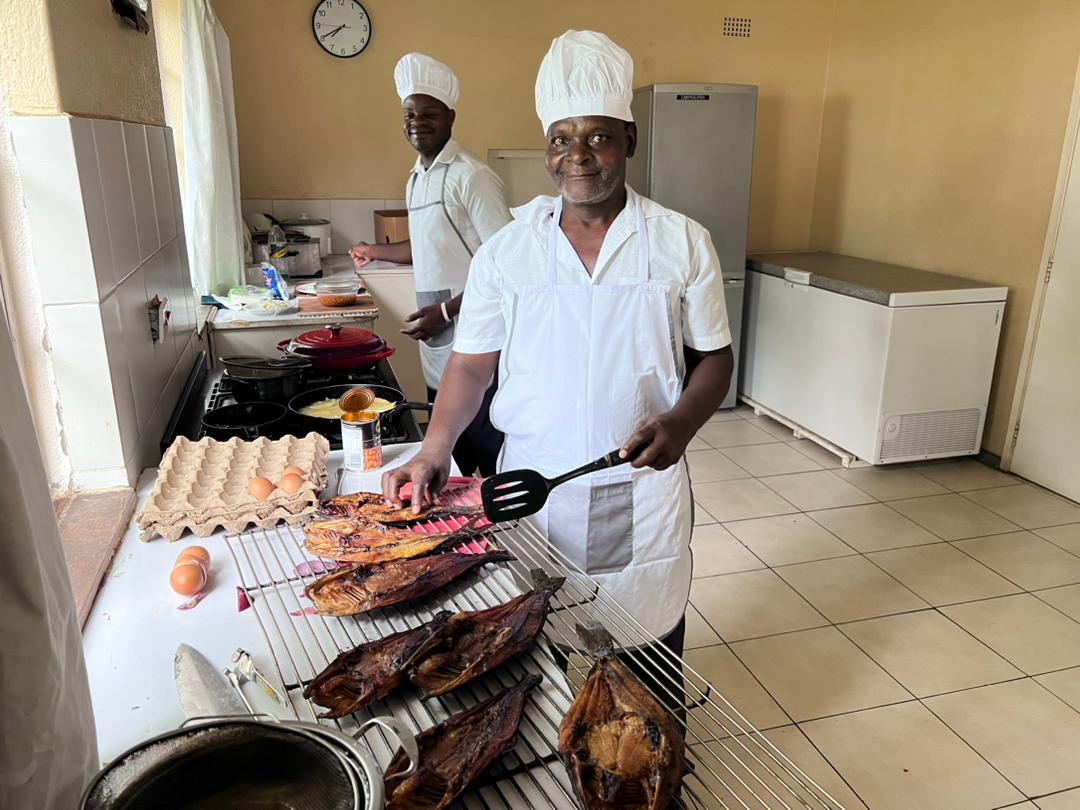
Our first day at ‘Cape Mac’, as it is called locally, was pure bliss with the staff ready to wait on us hand and foot. We were treated to hearty meals that usually included home-grown delicacies like farm-fresh eggs, Malawi’s famous fragrant Kilombero rice (mpunga), a local dish of green pumpkin leaves cooked with ground peanut powder (nkhwani) and of course an array of freshly caught fish to sample at meal times.

Our in-house chefs, Roderick John and Austin Mbewai did not disappoint, serving dish after dish of homemade local dishes like this platter of creamy maize-meal (nsima) with braaied, or smoked (chambo) fish and steamed fresh vegetables. Yum Yum Yum!
The next evening we were treated to a serenade of localised renditions of popular pop songs by a charming band of little local boys who call themselves ‘Westlifey’. Armed with homemade instruments made from bamboo sticks and disposed of junk, the boys’ performance drew other residents and we soon had a little sunset show going right there on the lakeshore.
The barefoot boys churned out song after song tirelessly with vigour and enthusiasm, from Ed Sheeran’s mega-hit ‘Perfect’ to the original Westlife band’s smash knockout song ‘Fool again’ but our favourite was this rendition of African hit Buga by Nigeria stars Kizz Daniel and Tekno.
At sunrise the next morning we took an early morning boat cruise to check out the surrounding little islands. Richard John shed his chef’s whites to captain our little sailboat together with Alex Kampani, a local tour guide and fisherman.
Probably the coolest discovery we made on that ride was how surprisingly clear the Lake waters were, to the extent that we could see all the way down to the bottom of the lake even at its deepest parts.
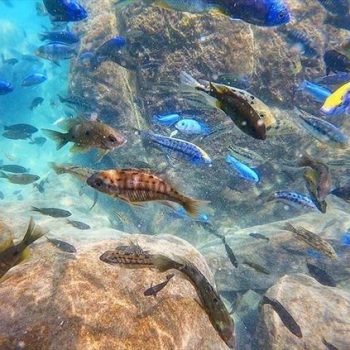
Lake Malawi is a meromictic lake, which simply means that the layers of its waters do not mix, a feature we had the great pleasure of observing in living colour as we saw the hordes of multi-coloured fish from as deep as the Lake bed as clear as day.
Apart from it being a food source, the lake plays many roles for the local populace including business for tour guides or fishermen, but also many of them do not even feel the need for running water and simply use the Lake for domestic chores so it’s common to see villagers taking a casual bath or washing their clothes nearby!
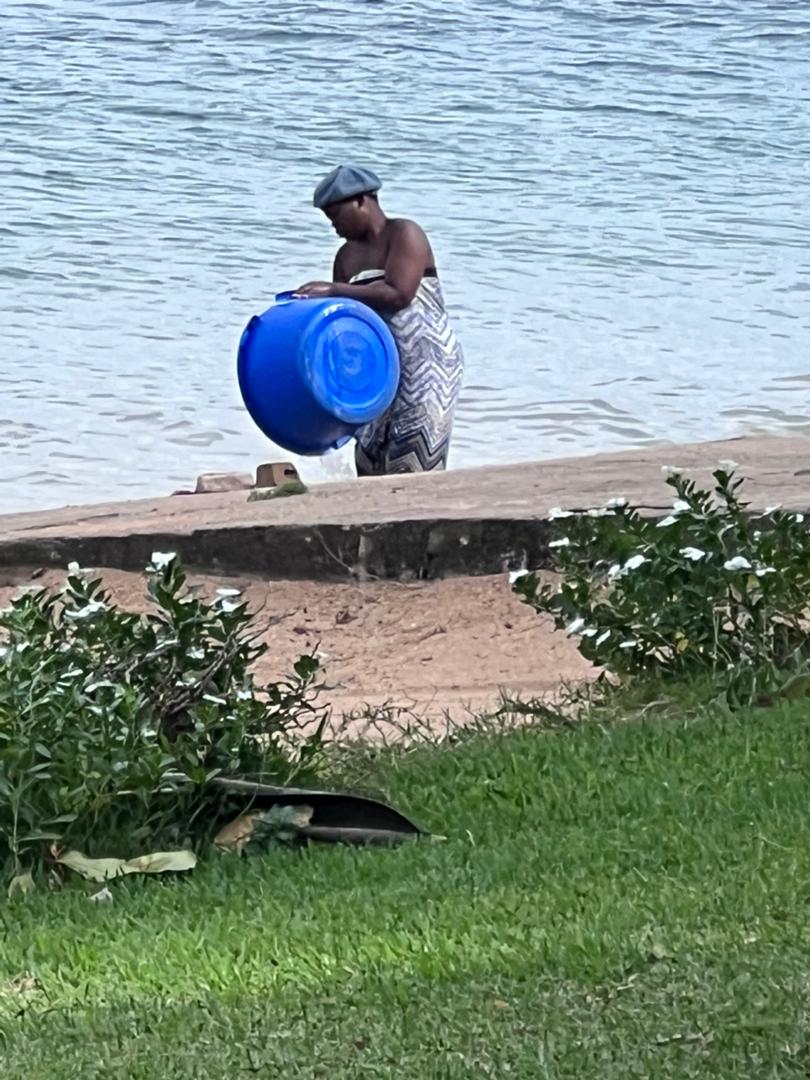
So, such is the constant vibe that you get throughout your stay when you’re among ‘aMalawi’, that constantly relaxed, heart-felt, cheerful willingness to make you feel at home in their home. It is this willingness to embrace you as part of their culture and environment that makes one completely fall in love with this nation, despite the lack of luxuries, and want to remain in the embrace of the warm heart of Africa for as long as possible.
The Calm Before the Storm
Unbeknown to us though, as we enjoyed those first few days in this rustic paradise, those days were the first and only blissful ones we would experience in a long time. On our fourth day at the Lake, the Malawian government began to issue emergency impending ‘storm alert’ warnings.
‘’Don’t worry, these alerts come all the time, it usually doesn’t get that bad’.
That was the response we got from most locals including our Chef Richard. In fact, most people were very right to assume this because in the country’s history flash floods would normally just come and go during rainy seasons but with minimal destruction and only confined to specific ‘flood zone’ areas.
Either way, we decided to heed the warning and return to Blantyre as one of the areas known to not be at risk of major flooding. As we drove away, none of us could have predicted that the already blowing strong gusts of wind were literally just the proverbial calm before the storm.
Watch out for more exclusive review articles as Nomad Africa continues to explore Malawi, this quarter, the next of which will feature first in our upcoming Nomad Africa Magazine Issue #15, set to hit the shelves on the 25th of April on our digital e-store as well as in print at select distribution outlets.
Features to expect will include.
- Our trip to Mount Mulanje and the amazing cultural discoveries we made there.
- A special feature on how our team got caught up in the deadly Cyclone Freddy as well as the steps the Southern Africa region is taking to pick up the pieces in the wake of that disaster.
To get an exclusive first look at our special reports, don’t forget to SUBSCRIBE HERE now.




